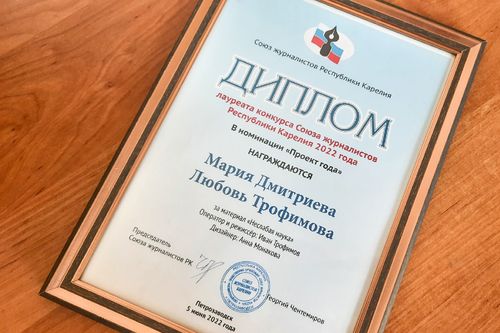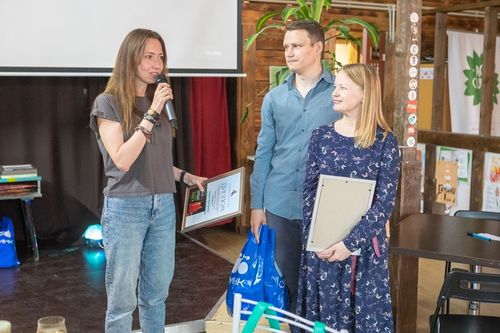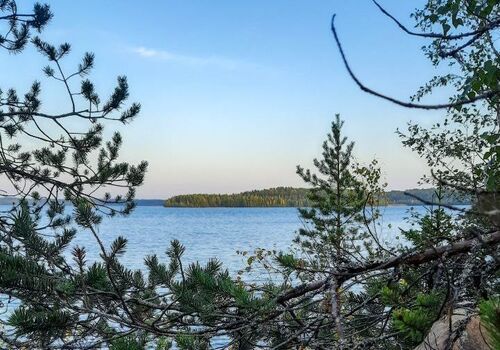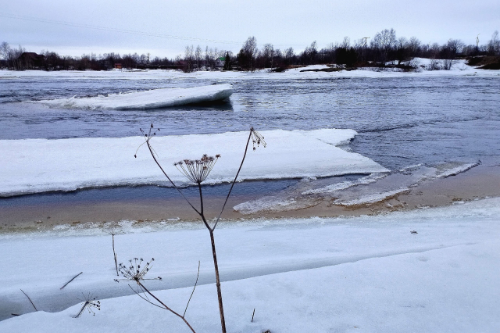The project No Weaker Science was initiated by KarRC RAS Science Communication Specialist Maria Dmitrieva, TV journalist Lyubov Trofimova, cameraman and cutter Ivan Trofimov, designer Anna Monakova.
UNESCO reports that women account for 33% of all the world’s scientists. According to the authors of the project, one of its goals was to demonstrate how significant, globally, is the work of Karelian woman researchers, what results they achieve, and what challenges they are facing. Another important mission was to popularize scientific knowledge in general.
The first season of the project ended on December 31. It was made up of ten films about the work of scientists from KarRC RAS, Petrozavodsk State University, Kizhi Open Air Museum, and Vodlozersky National Park. The venues were expeditions, laboratories, and offices of researchers. The main audience was social media users. The films and their trailers were viewed some 300 000 times in total. The videos were broadcasted by regional mass media, project announcements appeared on social media pages of the Russian Ministry of Science and Higher Education and the L`Oréal – UNESCO For Women in Science Program.

Special prize from the jury of the contest of the Karelian Union of Journalists was given to the wetlands-focused episode of the program Secrets of the Karelian Forest. The expert there was Oleg Kuznetsov, Chief Researcher at the Institute of Biology KarRC RAS.
Photos by Ilya Timin and Maria Dmitrieva







